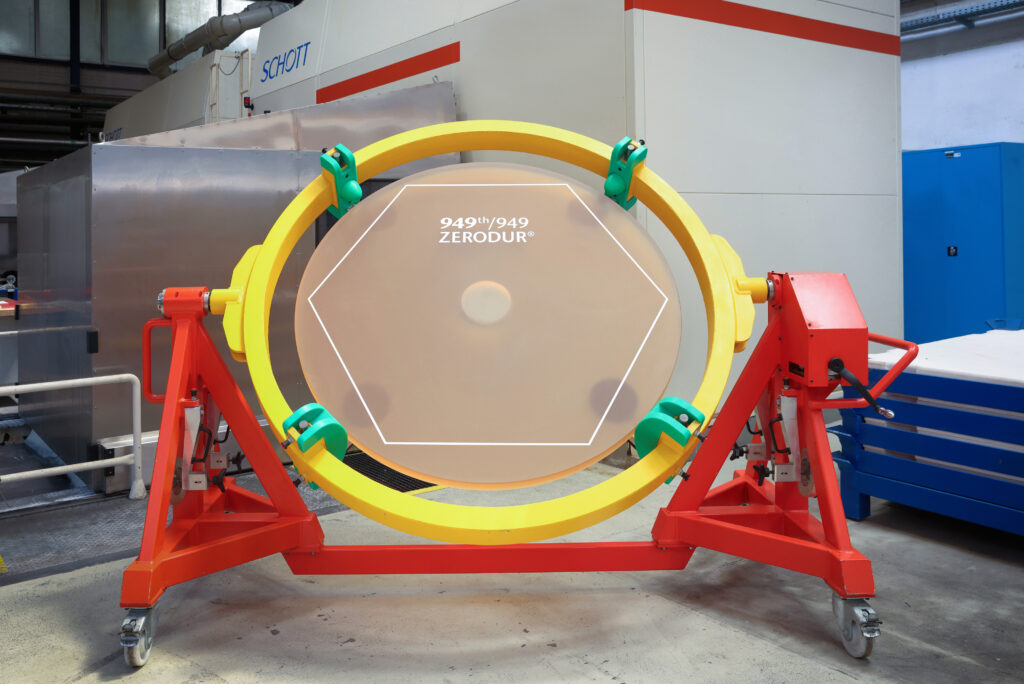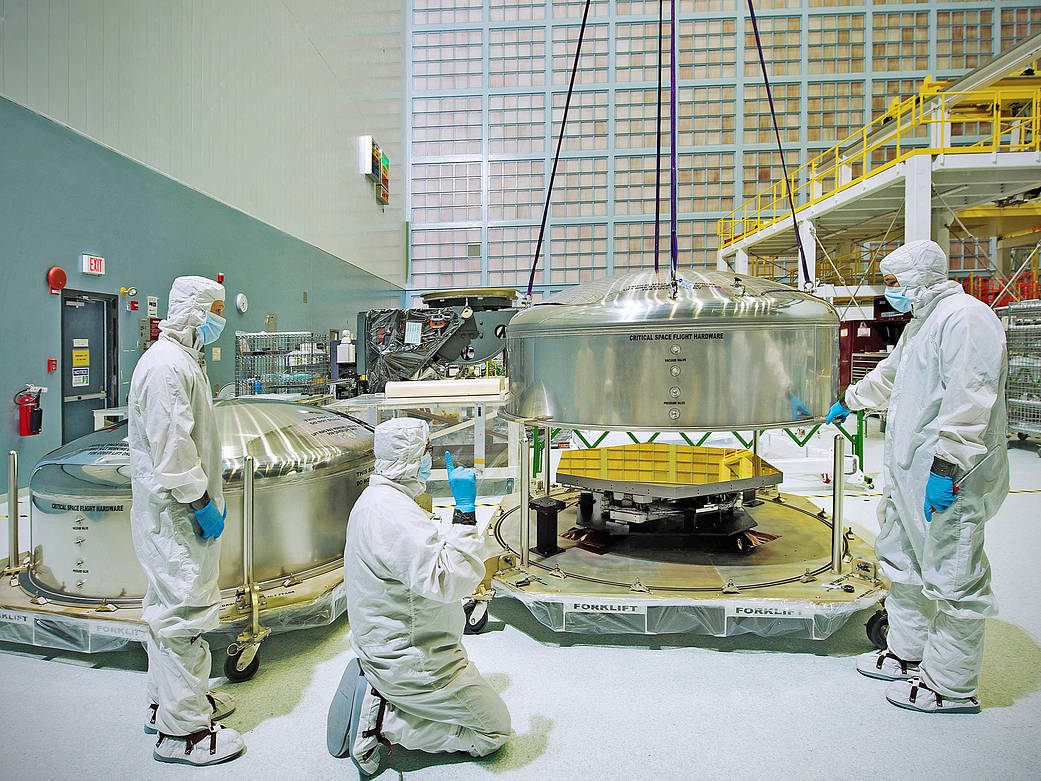This Enormous New Telescope Will Be Powered By The World's Largest Mirror

BY GEORGINA TORBET/JUNE 27, 2024 7:06 PM EST
When it comes to telescopes and how powerful they are for looking deep into the cosmos, there are lots of factors to consider. Such as the portion of the electromagnetic spectrum the telescope operate in. For example, the Hubble Space Telescope, looks in the same wavelength as the human eye, but the James Webb Space Telescope operates in the infrared — useful for looking at different phenomena. Then, there's the width of the telescope's field of view and the type of instruments the telescope has, such as cameras or spectrometers.
But there's one broad principle that remains true when it comes to powerful telescopes: bigger is better. When you hear a telescope described as a "6.6-meter" telescope, like the James Webb Space Telescope, that means that the telescopes' primary mirror is 6.6 meters across. The bigger the primary mirror of a telescope is, the more light it can collect at one time. A larger mirror can collect more light at once, enabling it to see dimmer (and often more distant) objects. Webb can see very distant galaxies thanks to its huge primary mirror, which is the largest that has ever been launched into space.
Telescopes are often put into space because they can sit above the Earth's atmosphere, which makes them capable of more precise readings. However, there is a trade-off: not only is it difficult and expensive to launch something into space, but this also limits the size of the primary mirror.
Giant mirrors on the ground

Space telescopes have to be folded up to fit inside the nose cone of a rocket, so the James Webb Space Telescope used an origami-style folding mirror, then unfolded in space. But this process is difficult and risky, as telescope mirrors have to be perfectly aligned to take accurate readings. That's why astronomers don't only use space telescopes. They also build telescopes on the ground, where not only is it easier and cheaper to build and maintain a structure, but also components like mirrors can be much larger.
Read More:
https://www.slashgear.com/1611800/new-telescope-powered-by-worlds-largest-mirror/

